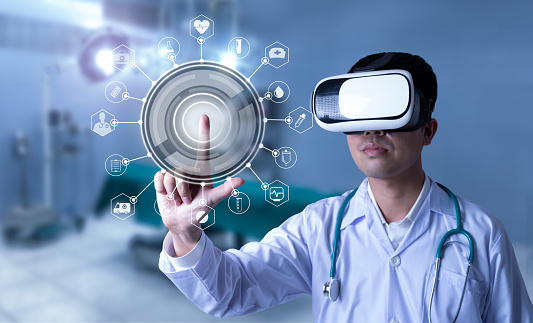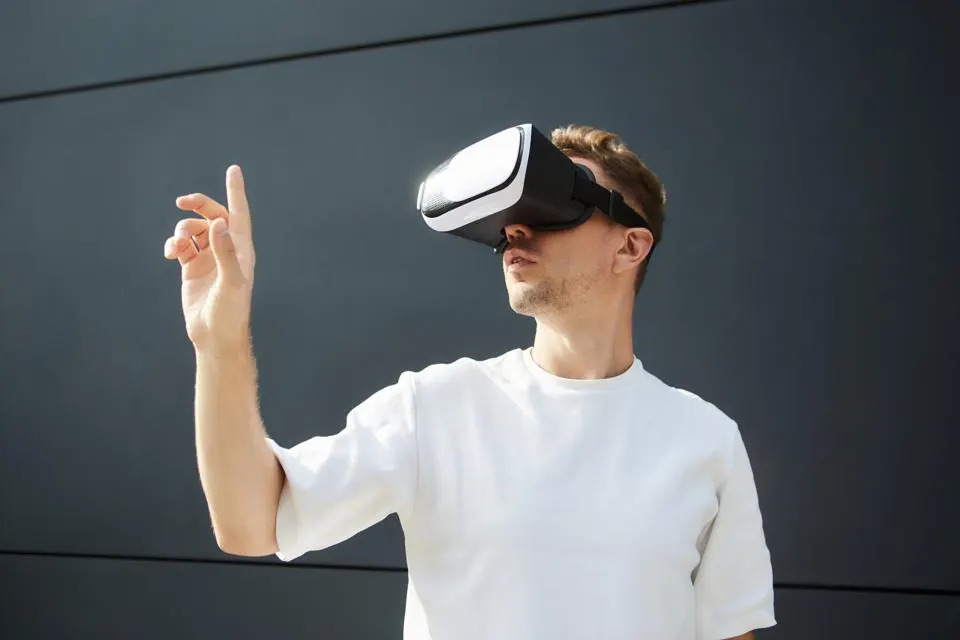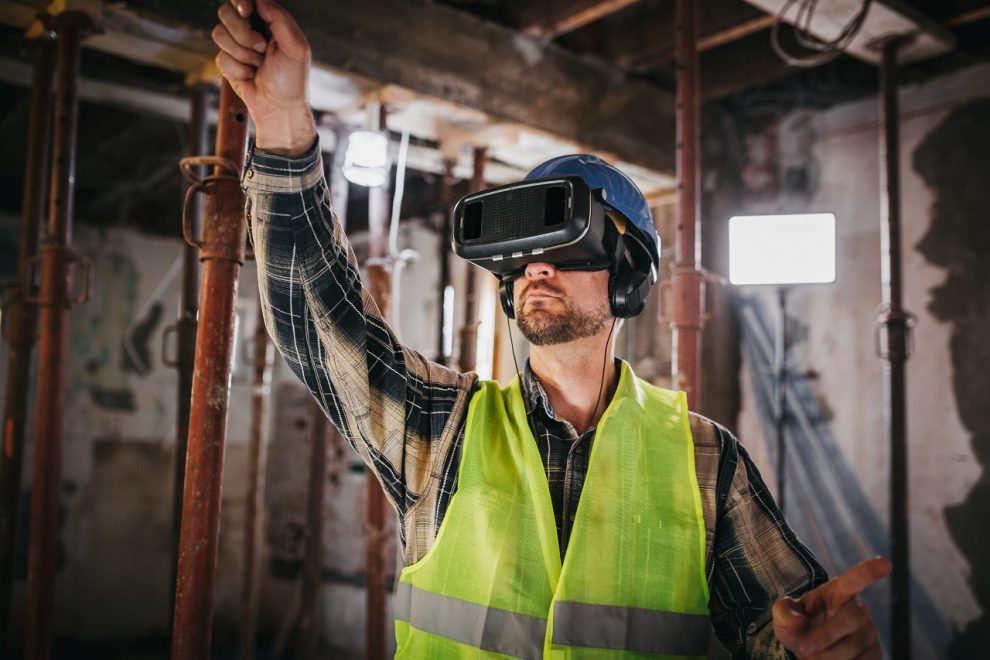Games with a medical focus have come a long way since Hasbro launched Operation in 1965. Even the virtual frog dissections that delight squeamish high schoolers pale in comparison to recent advances in interactive programs aimed at improving health care skills.
Like the tweezers necessary to remove plastic ailments from “Cavity Sam,” contemporary technology like virtual reality (VR) and augmented reality (AR) can be used to help medical students perform complex surgeries, strengthen interpersonal communication and commit anatomy lessons to memory.
From routine dental procedures to MRI scans, instructors are already implementing VR and AR trainings across the globe. The hands-on approach of these repeatable programs allows students to familiarize themselves with medical techniques and devices they’ve heard about in the classroom. Of course, educators have always understood the benefits of learning by doing — from surgical theatersand Anatomical Venuses to modern-day clinical rounds and CPR mannequins.
VR and AR are simply the latest tools to offer aspiring doctors, nurses and other medical professionals the chance to put their textbook knowledge into action. Simultaneously, these virtual scenarios minimize potential harm and stress on patients, limit damage to expensive equipment and reduce the reliance on donated cadavers.
Widespread adoption of this tech has been hindered by current costs, but as more companies incorporate VR and AR into their product lines and receive feedback, prices will almost certainly drop and improvements will be made. The market has rapidly expanded in the past three decades alone. For instance, VR goggles in the 1990s cost nearly $11,000 (registration required) and were largely funded by government bodies. Now, anyone can purchase a commercial headset for a few hundred bucks.
How virtual and augmented reality improve health care education
Simulated surgeries currently dominate VR and AR trainings, but many programs also focus on improving a student’s bedside manner, knowledge of bodily functions and reactions to emergencies.
Before proceeding, it’s helpful to understand the differences between VR and AR. Virtual reality requires a headset and immerses users in a realistic environment, like an ICU ward, where they can walk around, speak to patients and pick up objects. Augmented reality is similar, but overlays digital images on real-world settings, often using a computer monitor or phone screen. It allows Google to drop a life-sized Triceratops in your living room which led to the hit success of Pokémon GO.
New York Business Journal Leadership Trust is an invitation-only network of influential business leaders, executives and entrepreneurs in your community. Do I qualify?
A university student using an AR app could point their phone at a mannequin and view labeled layers of its skeletal, circulatory and digestive systems as “the body” carries out various functions.
In the trauma bay at the Children’s Hospital Los Angeles (CHLA), first-year residents come face-to-face with pediatric crises through virtual reality. They make split-second decisions for their animated patients, learning along the way how they react to high-stress situations.
In a 2020 study, students reported greater learning comprehension after practicing their skills within VR or AR, and universities have witnessed improved test scores.
Other benefits: Comforting patients, finding veins and helping first responders
Beyond training future doctors, virtual and augmented reality are gradually gaining popularity in other aspects of medical care. The COVID-19 pandemic sparked an increased need for safe virtual interactions between patients and doctors, family and other caregivers. But before that, augmented reality was shown to improve patient happiness, everyday medical examination and communication between paramedics and doctors.
For patients undergoing surgery that requires a regional anesthetic, wearing a VR headset loaded with calming scenarios or entertaining visuals may reduce anxiety and distract them from pain during a procedure. In London, 80% of participating patients at St. George’s Hospital reported feeling less pain during surgery, and 94% said they felt more relaxed because of the headsets. In Texas, Neuro Rehab VR offers virtual games that track patients’ metrics during physical therapy, enabling therapists to customize activities to target specific goals. And when it comes to hospice patients isolated from loved ones and favorite places, virtual reality can transport them to tropical beaches, the streets of Paris or even their childhood hometown.
RECOMMENDED
COMMERCIAL REAL ESTATEDowntown’s vacant Millennium Hotel cited for weeds, graffiti, shot-out window. The fine? Just $50.COMMERCIAL REAL ESTATEAssembling properties for $1.2B downtown riverfront redevelopment was years in the making, broker saysCOMMERCIAL REAL ESTATECentene cancels plans for 3,200-job East Coast hub in Charlotte’s University City
One of the most straightforward cases of augmented reality streamlining patient care is real-time vein imaging. Through the use of AR, a glowing map of veins can be superimposed onto a patient’s skin, helping nurses insert IV lines and draw blood in difficult-to-locate blood vessels.
Augmented reality also has the potential to make it easier than ever for EMTs and volunteer ambulance crews to receive thorough instruction from highly-specialized hospital staff during emergencies. Nomadeec connects on-scene paramedics to doctors using headsets. This allows doctors to transmit visuals and guide complicated medical interventions from afar. This technology is especially helpful in rural and remote locations, like farming communities or camping grounds.
The future of medical virtual and augmented reality
The cost barrier to implementing VR and AR programs into medical curricula erodes further each day as the number of health care education startups multiply. Investors are also taking note of this growing demand. The global market for virtual reality in health care is predicted to reach over $30 billion by 2026, a Compound Annual Growth Rate (CAGR) of nearly 43% from 2018. Best of all, the use of VR and AR trainings are likely to boost retention rates of medical professionals at universities and hospitals by letting each learner reach important educational milestones at their own pace.
Quelle:




